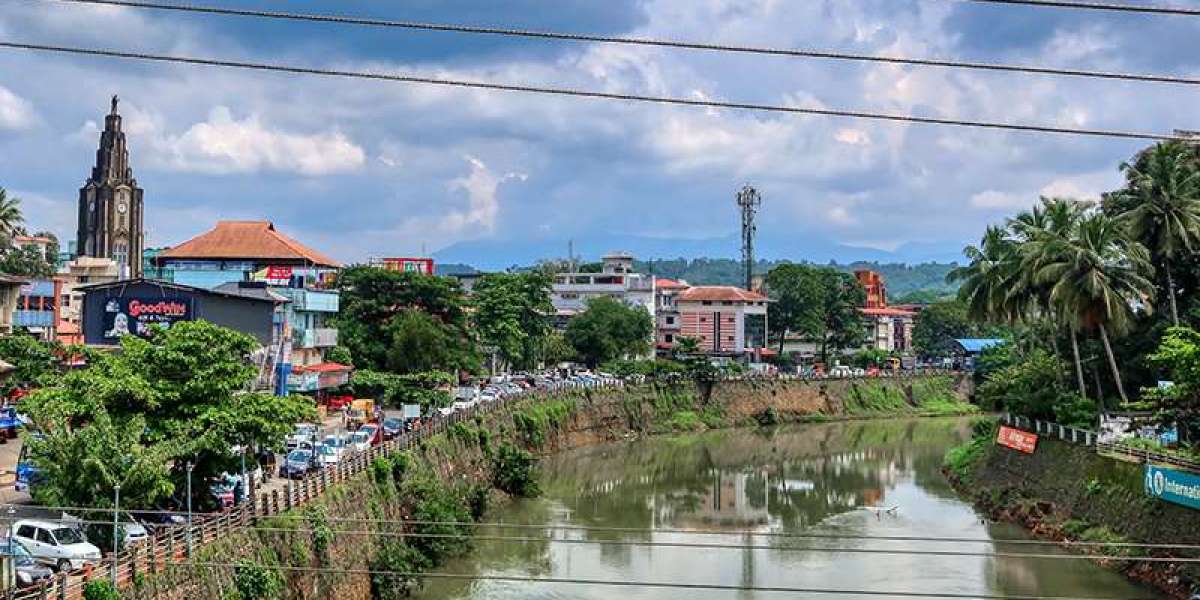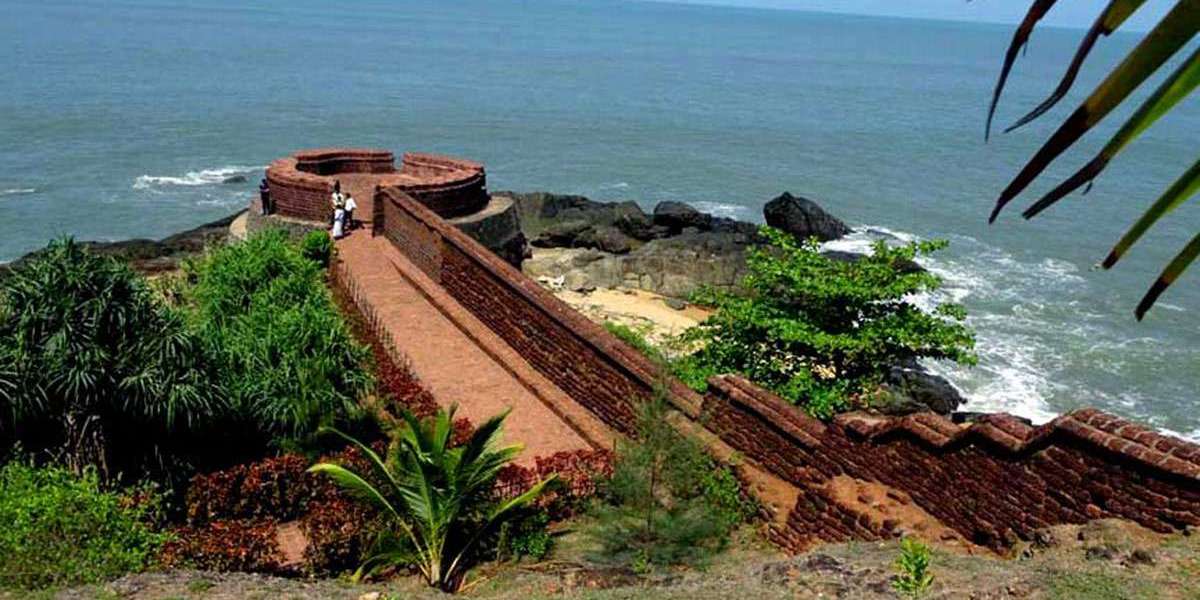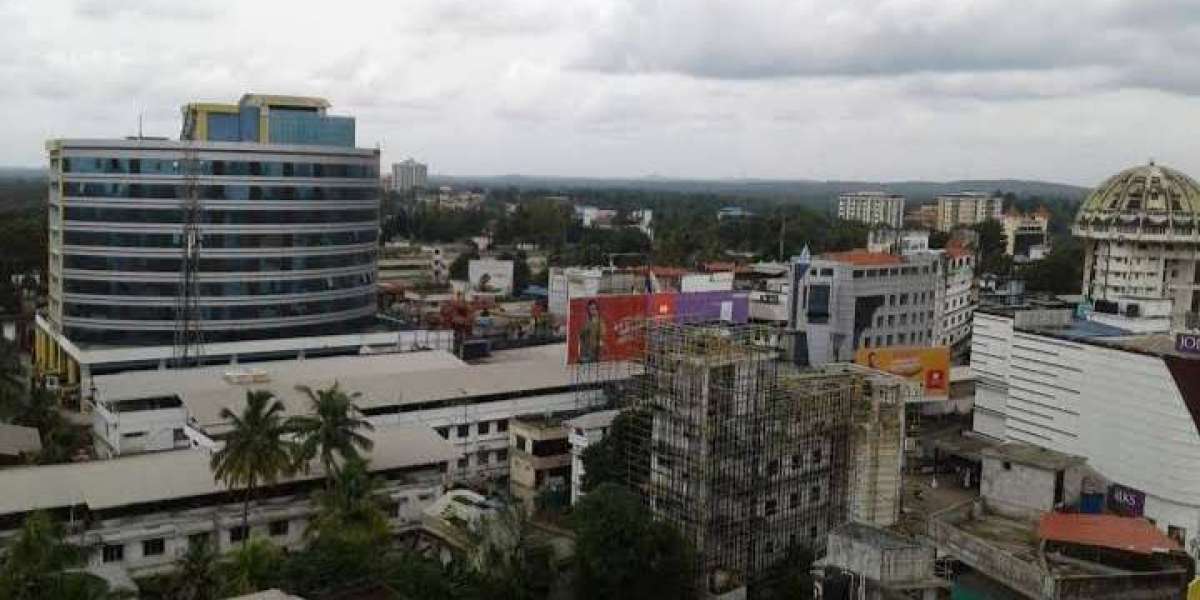Geographic & Demographic Profile
Nestled along the banks of the Meenachil River, Pala sits at approximately 31 m above sea level, blending both midland and riverine landscapes. It is a predominantly rural electorate—about 90% rural and 10% urban—with a total electorate of approximately 184,857 voters in 2021. The constituency records high literacy (around 96%), a strong female-to-male ratio (about 1,055 females per 1,000 males), and scheduled communities comprising around 5% SC and 3.5% ST. Electoral participation remains robust, with turnout figures around 72–77%.
Livelihoods & Economic Stratification
Pala thrives as a market town anchored in agriculture, bridging rural hinterlands with commerce:
Agriculture remains vital: rubber, spices (pepper, cardamom), tapioca, pineapple, and banana are cultivated extensively by local farmers.
The town is a trading hub—especially for rubber and spice produce—with numerous small processing units and dealers operating in and around Pala town; these features shape its commercial profile.
As is common in Kerala’s central belt, NRIs and remittances serve as a significant source of household income, supporting both agriculture and trade-based families.
Small businesses and services—shops, education-related enterprises, and local professionals—provide livelihood in both rural and town wards.
Most residents fall within the middle-income segment: small landowners, traders, salaried workers, and remittance-supported households. There is a visible BPL segment in marginal farming and labor communities. A fewer number occupy higher-income strata—often tied to business, landholdings, or diaspora networks.
Recent Development Activities
One of the most notable developments is the inauguration of the Pala Santhom Food Factory, a food processing unit launched by the Pala Diocese to add value to local farm produce—jackfruit, pineapple, plantain, tapioca—and support farmers with fair pricing and export potential via the emerging Kottayam port hub.
State-level regional review meetings held in mid-2025 under the Nava Kerala mission addressed several pending development issues across constituencies in Kottayam district, including infrastructure, agricultural support, and market modernization—prioritized by the local MLA and district collector teams.
Meanwhile, locals and Reddit commentary reflect a sentiment that Pala has not grown as rapidly as neighboring towns: younger residents often migrate abroad, commercial infrastructure remains modest, and nightlife and hospitality options are limited—even as civic pride remains intact.
Pala Assembly Constituency, is characterized by a blend of agriculture, trade, remittance livelihood, and a committed middle-income demographic. Recent investments in agro-processing, market infrastructure, and state-monitored development plans hint at a gradual renewal—balancing traditional identity with aspirations for inclusive growth and modernization.







